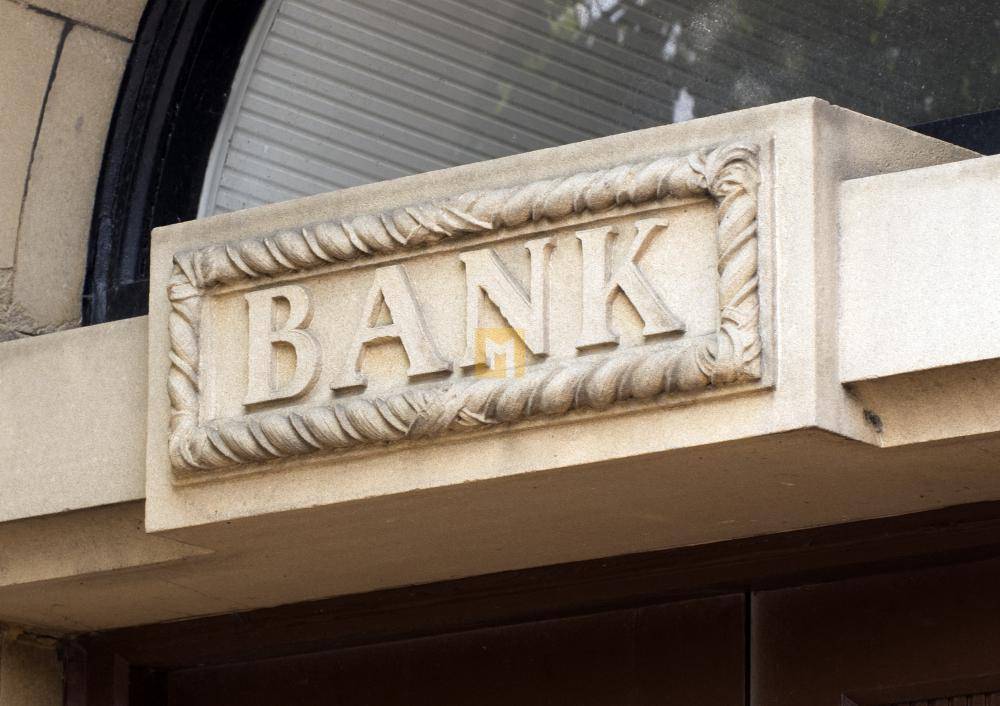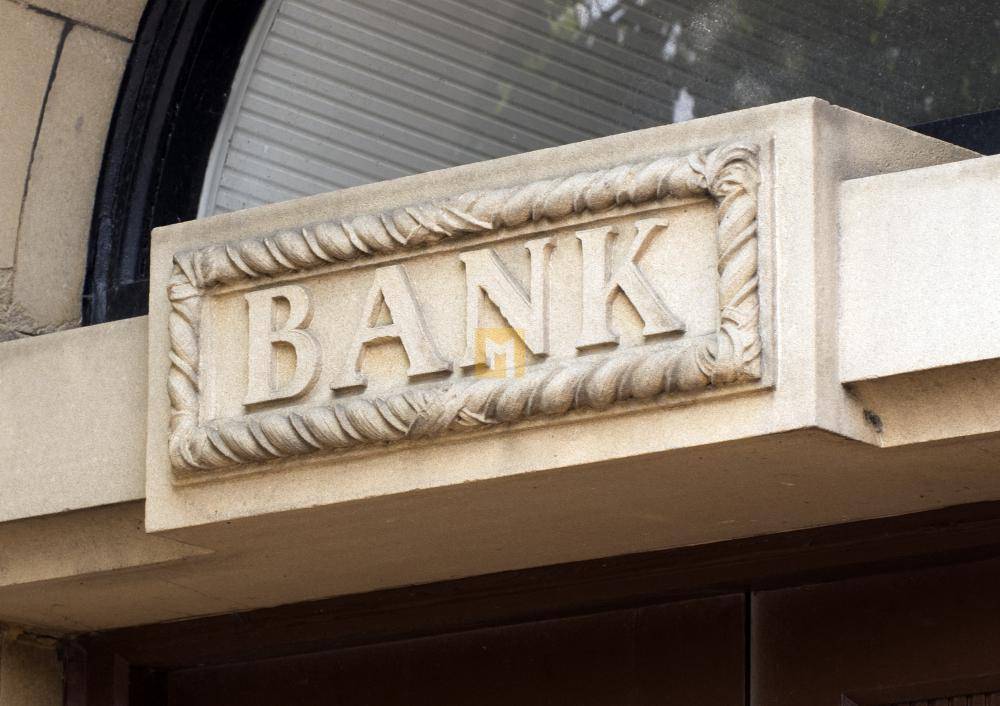
What Is a Bank Run & How Does It Impact Crypto Exchanges?
When it comes to investing, it’s easy to get emotional or anxious. If bad news or rumors spread, it can easily lead to a financial crisis. Bank runs, in which savers withdraw large sums of money very quickly, still occur. For cryptocurrency exchanges without proper insurance or support, this can be a big problem, causing people to lose their investments.
There are several ways to avoid bank runs and protect your investment. Even if you’re not concerned about the cryptocurrency exchange you’re using or the assets you’ve invested in, this guide will help you learn more about how bank actions affect the financial system and everyone involved.
What is Bank?
A bank run occurs when a large number of depositors withdraw their money from the bank at the same time, usually out of fear that the bank will run out of money. On cryptocurrency exchanges like FTX and Terra, large numbers of users withdrawing the same asset in a short period of time has led to significant price drops in asset values.
How does the bank work?
When large numbers of depositors withdraw money in the same short period of time, financial institutions can no longer hold any money. During a bank run, the problem is usually caused by unexpected withdrawals. The financial institution may not have the resources to meet its obligations; they just don’t have them on hand.
Unfortunately, whether the bank run occurred at commercial banks or popular cryptocurrency exchanges, the answer isn’t as simple as raising money elsewhere. For physical banks, the Federal Reserve sets liquidity limits on how much money can be held at each location. This amount is based on typical demand and was introduced to mitigate risk.
Banks also lend customer deposits to other customers or use them to make investments. To protect consumers, fractional banking was introduced, which allows banks to lend or invest a large proportion of deposits but must hold funds to cover any withdrawals.
During a run on the bank, banks must rapidly increase the amount of cash to cover all withdrawals that occur. This can prompt the bank to sell its assets quickly to avoid default. While central banks may lend money to commercial banks as a last resort, it’s not always enough to keep a commercial bank afloat.
Bank runs on cryptocurrency exchanges can be disastrous for investors. Some exchanges process transactions worth billions of dollars. Although the Securities and Exchange Commission (SEC) enforces a client protection rule that separates the brokerage and client funds, many brokers use escrow to process transactions. Some assets may not qualify depending on how the asset is transferred and used. This can lead to more potential problems when investors try to withdraw all of their money in a short period of time.
What causes a bank run?
There are several reasons why a bank run can start. Historically, bank runs didn’t happen just because some people found the investment too risky and decided to withdraw their money in one go. In many cases, bank runs were a response to external political or economic factors. For example, the stock market crash of 1929 caused a great panic, which made many Americans want to hold physical cash. Rumors that banks ran out of cash reserves started with the banks’ early hours.
Today, most bank runs are silent. People don’t stand in long queues outside their local bank to withdraw money; they do it digitally. If a bank is in danger of failing, strict procedures are in place to prevent it, such as receiving money from central banks or having it quickly and quietly taken over by another bank.
Bank runs, silent or otherwise, are usually very fast and unexpected. Instead, the programs running on cryptocurrency exchanges often have a few warning signs that the exchange is in trouble.
Bad publicity
A little publicity can go a long way, especially with cryptocurrencies. Since many cryptocurrency assets are speculative investments, it doesn’t take much effort to create fear and shake up the community. A few bad tweets can make big investors reconsider where they keep their assets, which in turn can lead to significant asset price drops if there is a shortage of buyers.
Bad asset management
Proof of reserves is crucial with cryptocurrency exchanges. Verification is always done by a third party and can reveal if money has been mishandled. Even if an exchange were to engage in fractional reserve banking, it should be able to easily track and use assets. Since regulations for cryptocurrency exchanges are different, there are a number of different factors that can lead to accounting errors or mismanagement of funds.
The consequences of a bank run
Bank runs have different short- and long-term effects. Bank runs not only affect financial institutions and customers, but can also lead to changes in Federal Reserve policy. Here are just some of the ways banks are making a difference.
Effects on companies and crypto exchanges
If there is a run in the bank and the company or crypto exchange does not have enough cash to handle it properly, this can lead to mistrust of the brand. Even if another institution or central bank bails out the company or the stock market, holding customer money – even for a short time – can lead to customer churn.
In addition to PR problems, banks and cryptocurrency exchanges may suffer from a “liquidity crisis”. This happens when a bank can’t find a bailout and has to liquidate assets quickly — often at a loss — to generate cash to keep it from collapsing. If the bank’s debt exceeds the amount of cash the bank generates, it could lead to the bankruptcy of the bank.
Effects on Users
Depending on the speed of the bank, customers may not have much time to respond. At a cryptocurrency exchange, panic can spread very quickly, especially if the value of the exchange’s original token starts to fall. This can create a snowball effect where the platform or its assets become worthless within hours or days. If the stock market closes or the asset becomes virtually worthless, clients could lose their entire investment.
The biggest difference between running a commercial bank and running a crypto exchange is the FDIC regulations and deposit insurance. These factors help prevent financial system collapses and bank failures, but they usually don’t exist in the stock market.
To slow down
Banks are usually driven by panic and fear, not the real problems of financial institution abuse. Slowing down the process not only helps protect the bank’s or stock’s assets, it also provides a cooling-off period. If a commercial bank or exchange is in danger of running out, it may close for a short time. Inspectors can also actively try to collect evidence of bookings to give the public peace of mind.
Borrow money
After delaying the run as much as possible, banks and exchanges must raise funds to cover all withdrawals. For commercial banks, this usually means borrowing from other institutions or central banks to cover large loans and increase cash reserves.
For example, Binance offered $1 billion in recovery funds after the collapse of the FTX to help the crypto industry recover.
Insure deposits
Deposit insurance guarantees that investors and consumers get their money back in the event of a bank or exchange failure or other problem in the financial system. Part of the reason why runs are devastating in the crypto community is that the FDIC does not insure investors’ assets the way central banks do. If a bank fails, the FDIC allows other banks to buy the distressed bank, and customers can usually access their money without interruption.
Set up term deposits
A preventive measure is to encourage investors to actively leave their money on the stock exchange or with the bank. This is usually done by offering an interest rate. Sometimes deposits are closed for a certain period of time.
